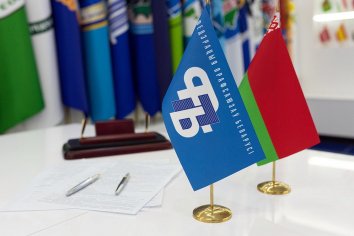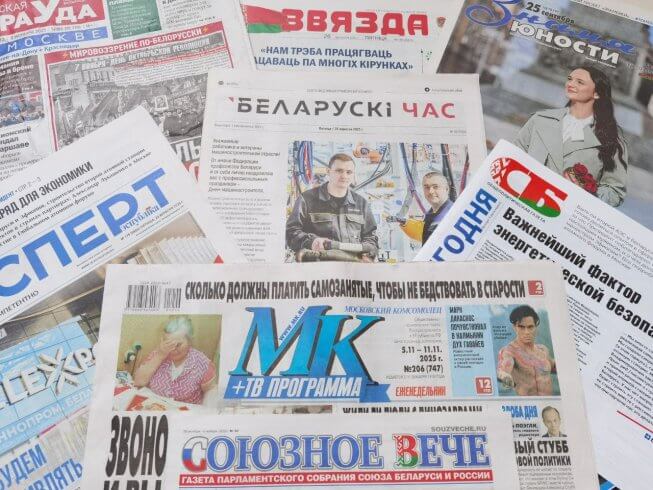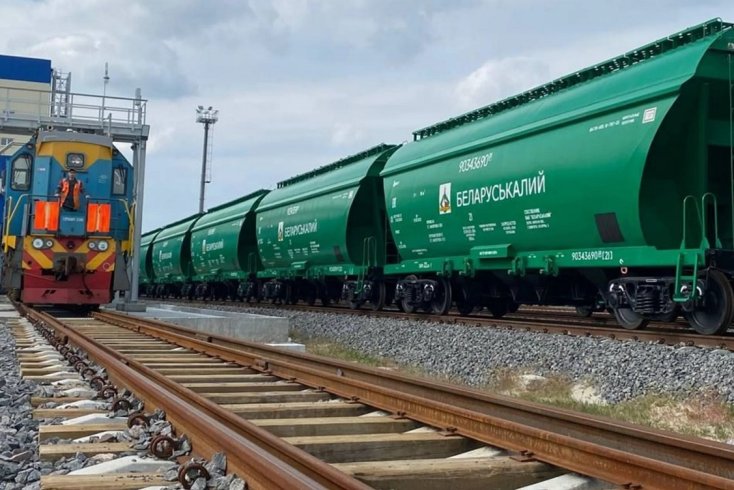Economic growth in Belarus is slowing sharply, decelerating to 2.1 percent in the first half of 2025 from 5–6 percent in mid-2024, when the economy was buoyed by Russian defense orders. The government’s growth target of 4.1 percent for 2025 now appears unrealistic.

Regional dimension
Growth has slowed across all regions, including Minsk.
The Hrodna region, which reported the highest growth in 2024, has experienced a steep decline. The Viciebsk region’s economy contracted by 0.9 percent between January and May.
While Minsk and the Minsk region are still expanding at rates above 4 percent, their momentum has slowed. Minsk accounts for approximately 31–32 percent of national GDP, while the Minsk region contributes 17–18 percent.
New driver: construction
The manufacturing sector, which led growth in 2024, has seen its pace drop dramatically—from 8 percent last year to just 0.8 percent in May.
In 2025, construction has emerged as the main growth driver, posting double-digit increases. However, this boom is driven by a state program aimed at boosting domestic demand, heavily supported by government subsidies.
The government controls key developers and acts as the primary customer. As such, the current boom is not a result of market forces but rather a government-managed effort to extract maximum output from a sector it directly oversees. It is a deliberate policy tool aimed at stimulating economic activity.
Despite the rapid growth, the construction industry has limited export potential and struggles to compete in Russia—its largest external market. The boom appears unsustainable and is more accurately seen as a short-term measure to support the economy using internal resources and subsidies.
Meanwhile, the IT and communications sector has been growing at a moderate 5–7 percent rate this year but has yet to fully recover from its earlier slump.
Ties to Russia — a risk factor
What is currently labeled as “growth” increasingly resembles an illusion, masking the accumulation of structural problems. Construction funded by loans, manufacturing reliant on military orders, and IT contracts rerouted through third countries do not offer a foundation for lasting stability.
Instead, the situation evokes the end of previous economic cycles, where old growth models were exhausted and no viable new ones emerged.
Chinese economic expansion has also impacted both Belarus and Russia, adding to the complexity.
In this context, recent moves to redistribute property in sectors not yet entirely stifled by Belarus’ investment climate appear to be tactical plays by individual actors—efforts to shore up influence ahead of a period of significant regional uncertainty.
As the Russian economy loses its traditional anchors, it increasingly pulls Belarus into its growing turbulence.




